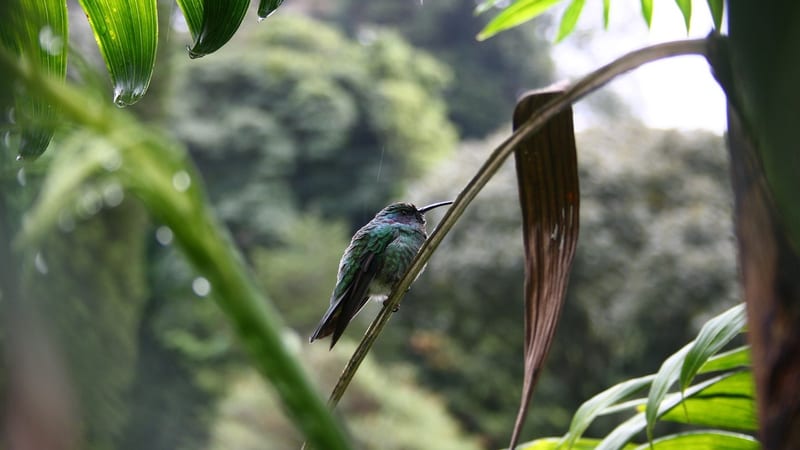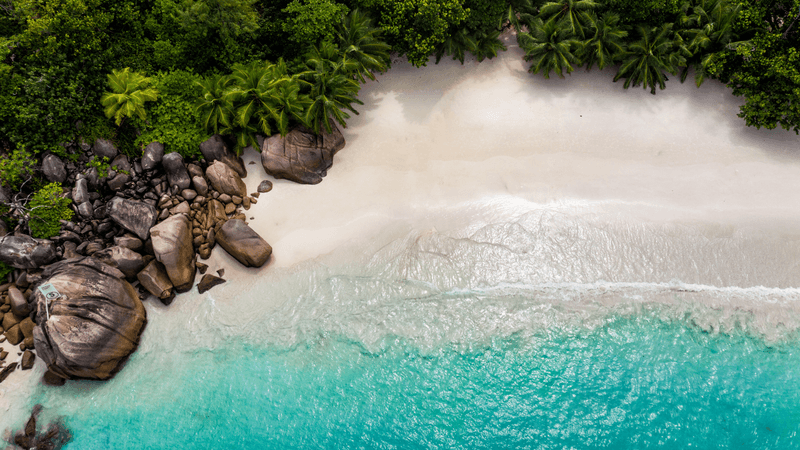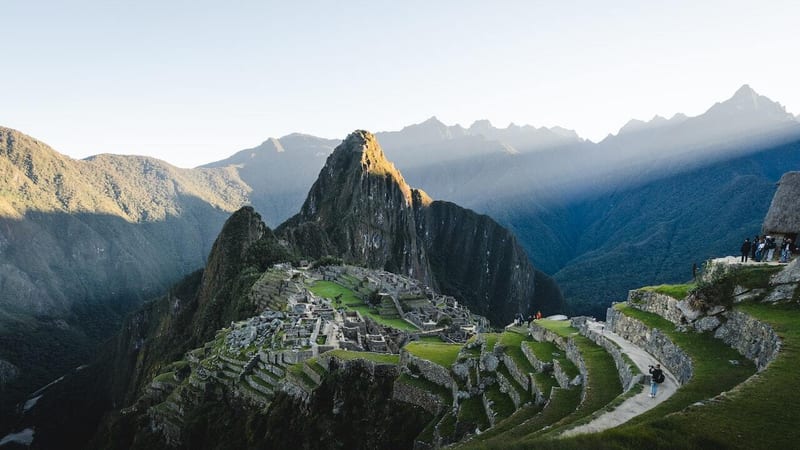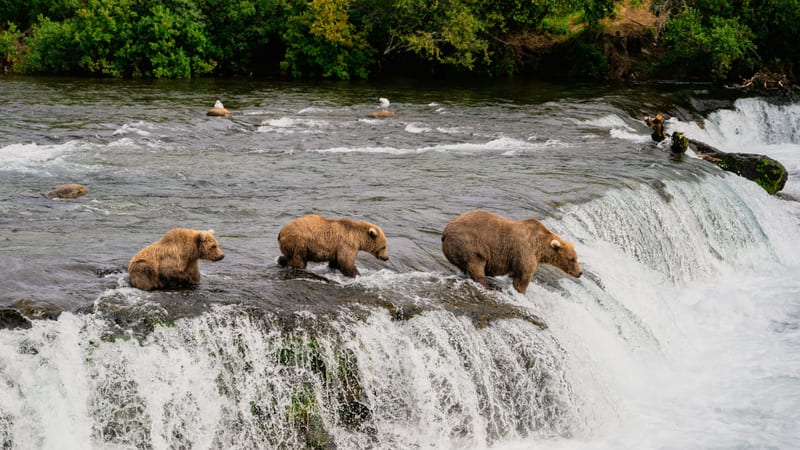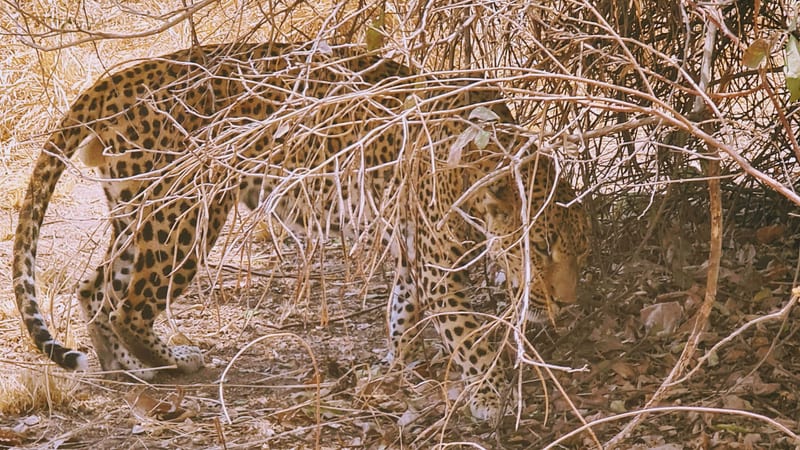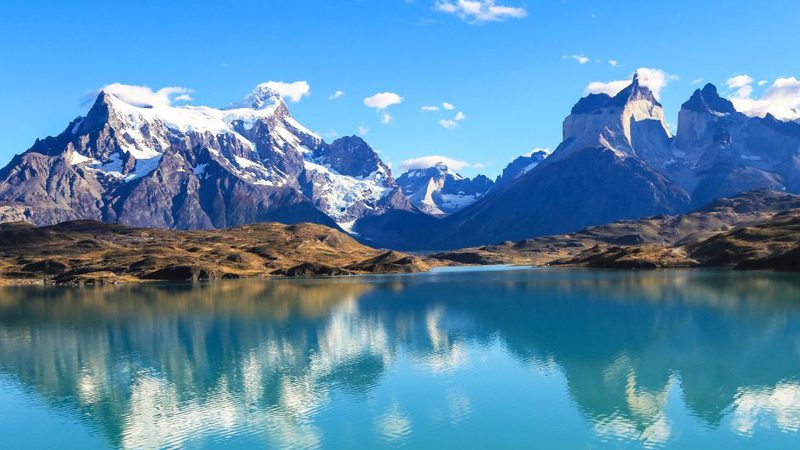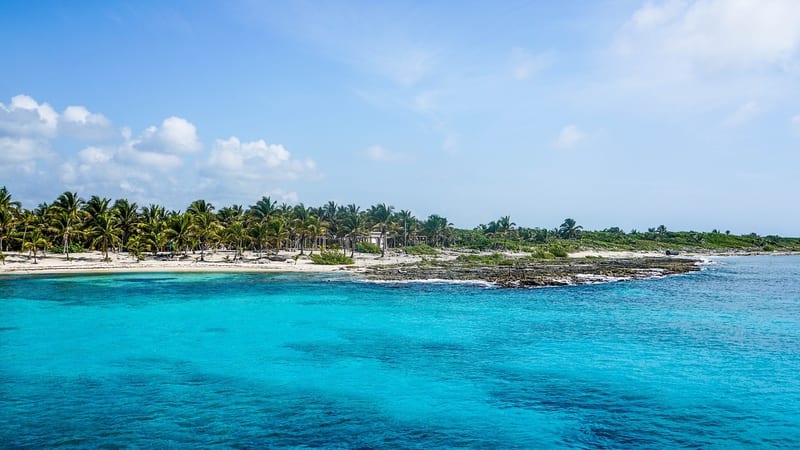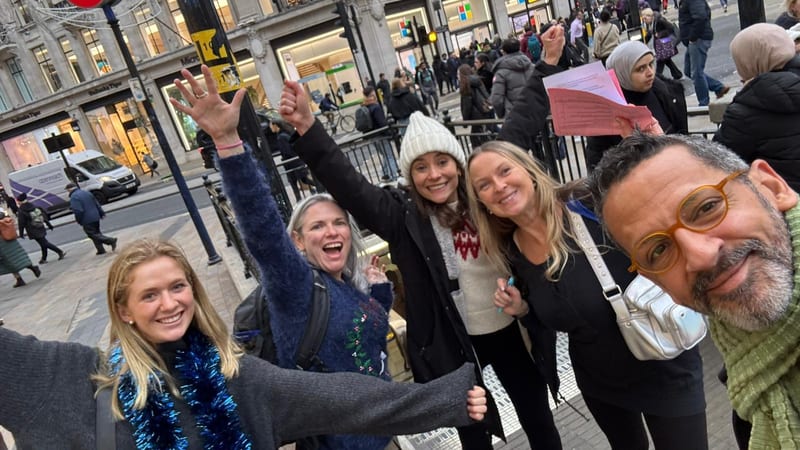Best time to go to Madagascar
For dry weather, excellent wildlife sightings and smooth travel, the best time to visit Madagascar is between April and November.
This is the cooler, drier part of the year and ideal for exploring national parks, seeing lemurs in the wild and enjoying time on the beach. April and May are lush and green after the rains, while September to November is a brilliant time to spot baby lemurs and very active wildlife. July to September also brings the chance to see humpback whales off the coast of Île Sainte-Marie.
In the central highlands, including Antananarivo and the rainforest reserves of Andasibe and Ranomafana, dry season travel from May to October offers the most comfortable conditions for walking and wildlife watching. The west of the island, home to the Avenue of the Baobabs and the dramatic Tsingy de Bemaraha, is best visited between June and early November, once the rough roads have dried out. Along the southwest coast, places like Ifaty and Anakao stay fairly dry year-round, though May to October is the most pleasant time for beach escapes and snorkelling.
In the north, Nosy Be and the surrounding islands are tropical and warm throughout the year, though the hottest and most humid months fall between December and March. Cyclones can affect travel in the east and northeast during this time, so we usually recommend avoiding these months if possible.

January in Madagascar
You are in the heart of the rains during this month. The wet season will have been in flow for about a month, making roads more difficult (almost impossible) to use, and a lot of hotels and parks will be closed. Temperatures will be hot, and although it's not quite time for cyclone, you will get wet, probably very wet, as more than 300 mm of rain falls! We would suggest this is not the best time to be in Madagascar.

February - March in Madagascar
Still in the thick of the rains, you could now encounter cyclones. Very similar to the conditions in January if not more extreme. Travel with caution. If you are feeling brave and are looking for a good deal, then the very end of March is an interesting time to go as vegetation is at is lushest and you are likely to be able to see places without many others. Be warned though the roads will not likely be in great condition, so progress could be slow. Approach with caution!

April in Madagascar
This is what I would consider Madagascar’s shoulder season. You will still get rain as it does not subside immediately, and roads will still be tricky and slow but the sun will come out. You are likely to get well-priced accommodation, although some of it remains closed. National Parks start to open up, but April is still not all a bed of roses. Approach with caution still, but a good time for the more adventurous.
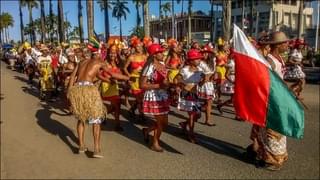
May in Madagascar
Book your tickets, a great time to be here. Temperatures are hot and rain is much more sporadic and if you are on the west coast, it's dry. May is also away from most peak travel times so getting space at your desired accommodation is easier. It's also the time of the Donia festival on the island of Nosy Be in the north – worth taking in.
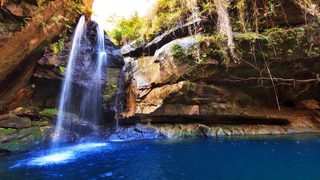
June in Madagascar
Probably the coolest month in Madagascar, but daytime temperatures are a constant 25c with cooler nights, particularly inland. It makes for a great climate for tackling some of Madagascar’s active sites – it’s a great time for hiking and walking. Isalo National Park is great to visit at this time of year. You will still get rain on the east coast in the rainforests but that’s about it. The big incentive for travel in June is the appearance of Humpback whales who arrive off the coast of Ile Saint Marie at this time. You are still outside the main ‘peak season’ so accommodation is likely to be less busy, as are all the activities.
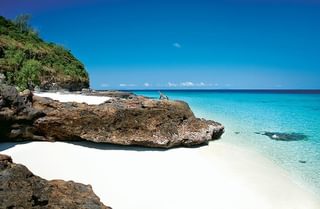
July in Madagascar
The start of the high season and when Madagascar gets noticeably busier with small specialist tour group and private travellers. We suggest that the north is better at this time due to the Southern route (RN7) being a bit too busy for our liking. Temperatures, like in June are cooler, so make walking and hiking more pleasurable – Ankarana is a delight at this time of year. Very little chance of rain away from the forests. Nosy Be also gets quite busy in these months and is not to everyone’s taste, we tend to suggest Nosy Komba for a more relaxed and quieter vibe.
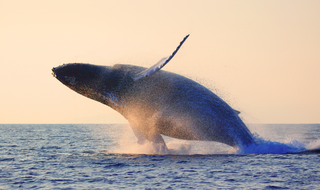
August in Madagascar
The middle of high season and the depths of Malagasy Winter. Whilst it is stunning weather it can be a tad chilly for some of our reptilian friends who may be having a winter nap at this time in year. However, not all reptiles will be hibernating and there is still plenty to see, from insects to lemurs, all in the generally dry and balmy conditions. It’s a great time to be in and around the warm Indian Ocean, especially for snorkelling and diving as well as the continued presence of the whales, mainly off the east coast but up in the northern islands too.
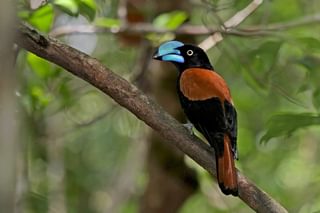
September in Madagascar
This is the magical month where conditions are fabulous for whales, the temperature is perfect and there is still little rain. The majority of visitors have either gone back to work or school and the island changes to a more relaxed place overall. It's also a tremendous time for birding with the breeding season starting, the plumage is fantastic.

October in Madagascar
October in Madagascar is still high season and for good reason. There are lots of lemur offspring and the flora is lush and feel like everything is in full bloom. Birds are still mating and therefore sporting their plumage and whales are still off the coast – albeit in smaller numbers. Splendid time to be here and as in September, it is quieter.
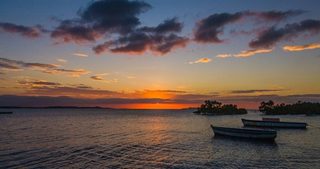
November in Madagascar
Very similar to October for flora and fauna – in reality, all the whales have now pretty much gone. It will be slightly hotter and you will feel more moisture in the air. You will get rain, especially on the East Coast and in the forests. This is the warm-up act for the main rains, which should arrive in earnest next month, so expect shorter showers that will be heavy but not all-day rain. November is considered the start of the shoulder season, so accommodation is likely to be slightly cheaper and more readily available.
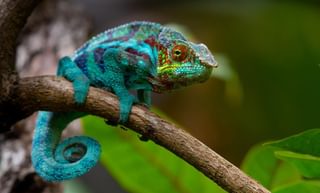
December in Madagascar
The rains arrive properly. As with every season, the full effects don’t come into play until the heart of the season, so whilst you will get rain it will not be as drenching as Jan/Feb/Mar. It’s the hottest time to be here so sometimes a bit of rain is a blessing. You will start to see many more reptiles and insects with the warmer temperatures, around 30 degrees. As in November, accommodation and access to parks (subject to weather) is easier and accommodation is less expensive – apart from the festive season where you will pay and premium and are likely to get pretty wet.
Madagascar Trip Inspiration
Speak to a Madagascar expert today
and start planning your tailor-made holiday

Alistair





